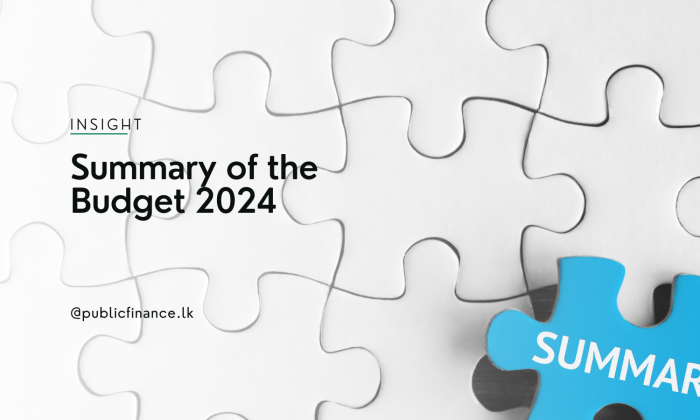Public Finance Data and Analysis
Free and Open Access to



The 2024 budget expects budget deficit for the year 2024 to increase by 19%.
